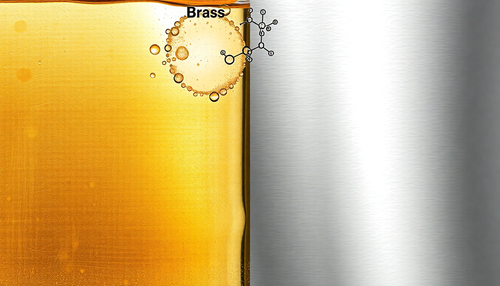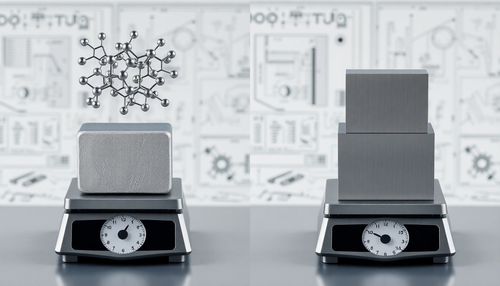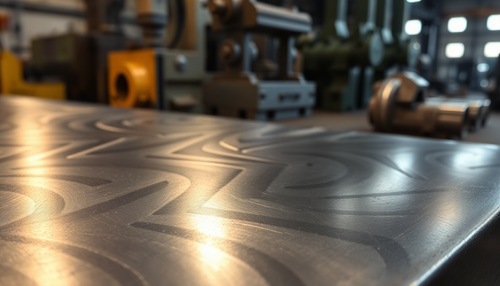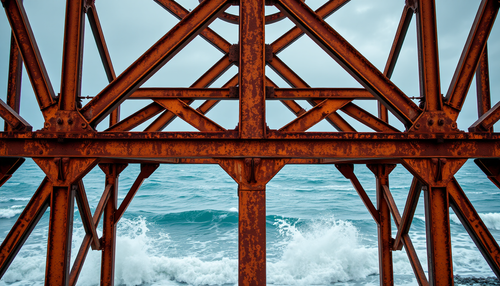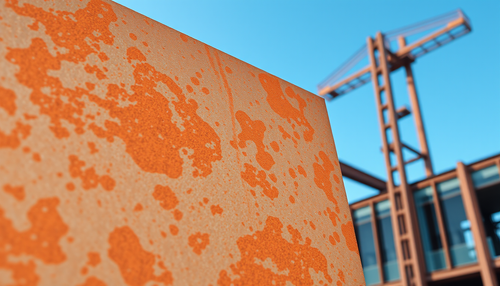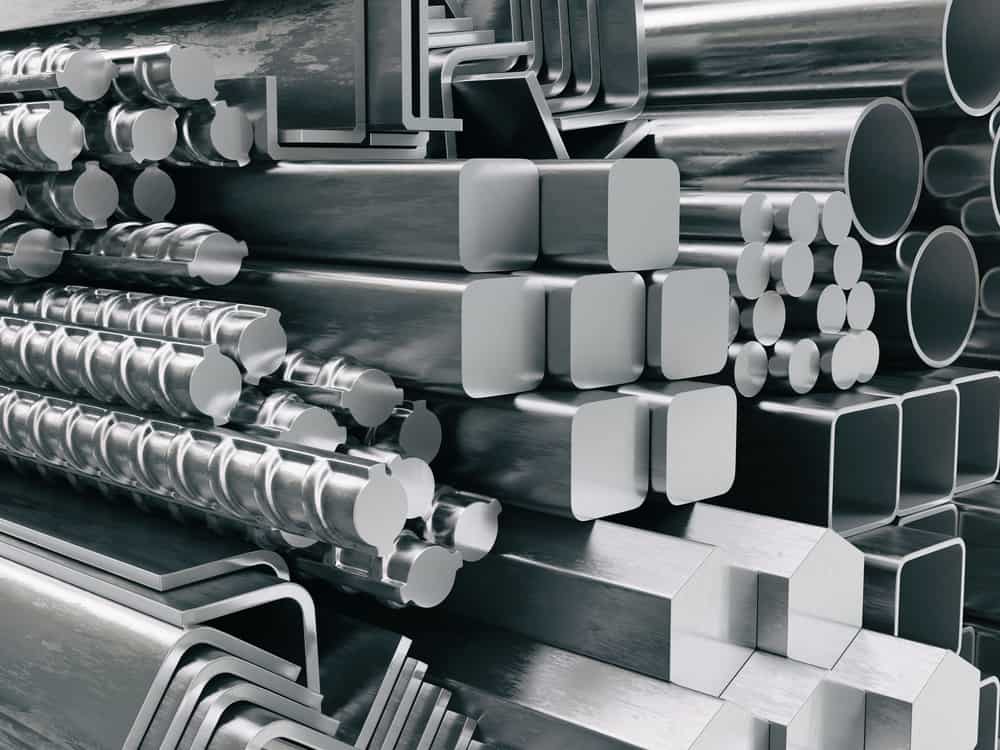
Difference Between 304 vs 316 Stainless Steel
Stainless steel is an extremely popular material used in a variety of industries due to its corrosion resistance and excellent finish. Among the most common types are 304 and 316 stainless steel, which, although similar in many ways, have crucial differences that make them suitable for different applications. Here, we explore the differences between 304 stainless steel (SS304) and 316 stainless steel (SS316), focusing on their chemical composition, properties, and typical applications.
Chemical composition
The main difference between SS304 and SS316 lies in their chemical composition, particularly the molybdenum, chromium and nickel content:
-
304 Stainless Steel : Known as 18/8, SS304 contains approximately 18% chromium and 8% nickel. This composition offers excellent oxidation resistance and is sufficient for many common applications such as kitchenware, food processing equipment, and automobile parts. However, it does not have molybdenum.
-
316 Stainless Steel : SS316 contains 16% chromium, 10% nickel and additionally 2-3% molybdenum. Molybdenum significantly increases corrosion resistance, especially against chlorides and other industrial and environmental salts.
Properties and Corrosion Resistance
-
Corrosion Resistance in SS304 : Although SS304 offers good oxidation and corrosion resistance in cooking and freshwater environments, it may be susceptible to corrosion in environments with high salt content or aggressive chemical exposure.
-
Corrosion Resistance in SS316 : The addition of molybdenum to SS316 provides superior corrosion resistance, especially in environments exposed to more aggressive chemicals and in marine conditions. This makes it ideal for use in marine, chemical and pharmaceutical equipment.
applications
-
SS304 : Due to its corrosion resistance and relatively low cost, SS304 is widely used in household appliances, architecture, automotive interior parts, and food and beverage processing industries.
-
SS316 : With its improved ability to handle corrosive environments, SS316 is preferred in marine, chemical processing, and medical equipment applications. It is particularly effective in environments that are prone to exposure to acids and chlorine, such as chemical processing plants and plumbing systems in coastal areas.
Difference Between 304 and 316 in Chemical Composition
The following table shows the difference in chemical composition between 304 and 316 stainless steel (SS304 vs SS316).
| Composition 304 vs 316 (%) | ||||||||
| Stainless steel | C, ≤ | Si ≤ | Mn ≤ | P ≤ | S ≤ | Cr | No | Mo |
| 304 | 0.08 | 1.00 | 2:00 | 0.045 | 0.030 | 6pm-8pm | 8.0-11.0 | – |
| 316 | 0.08 | 1.00 | 2:00 | 0.045 | 0.030 | 16.0-18.0 | 10.0-14.0 | 2.0-3.0 |
| 304L | 0.03 | 1.00 | 2:00 | 0.035 | 0.030 | 6pm-8pm | 8.0-12.0 | – |
| 316L | 0.03 | 1.00 | 2:00 | 0.045 | 0.030 | 16.0-18.0 | 10.0-14.0 | 2.0-3.0 |
Difference in mechanical properties
Mechanical Properties of 304 vs 316 Stainless Steel
| Mechanical Properties SS304 vs SS316 | ||||||||
| ASTM | AISI | Tensile strength, MPa (ksi), ≥ | 0.2% yield strength, MPa (ksi), ≥ | Elongation by 50 mm, %, ≥ | Reduction in area, %, ≥ | Brinell hardness (HBW) ≤ | Rockwell hardness (HRBW) ≤ | Illness |
| ASTM A276/A276M | 304 | 515 (75) | 205 (30) | 40 | 50 | – | – | Annealed, hot finished |
| 316 | ||||||||
| 304 | 620 (90) | 310 (45) | 30 | 40 | – | – | Annealed, cold finished, ≤ 0.5 in. (12.7mm) | |
| 316 | ||||||||
| ASTM A240/A240M | 304 | 515 (75) | 205 (30) | 40 | – | 201 | 92 | |
| 316 | 217 | 95 | ||||||
304 vs 316 Stainless Cost
AISI 304 vs 316 stainless steel cost: Taking steel plates as an example, the cost of 316 is about 1.5 times the cost of 304. The price of stainless steel depends on the price of the alloying element and the quantity of the alloy (e.g. Ni, Cr and Mo). The price of molybdenum (Mo) is about twice that of nickel (Ni), six times that of chromium (Cr), 316 nickel content is higher than 304, and 316 contains molybdenum, while 304 does not contain it, so the cost of 316 is greater than 304.
304 vs 316 in corrosion
Because 316 contains 2-3% molybdenum, and molybdenum can improve corrosion resistance, 316 is more corrosion resistant than 304.



